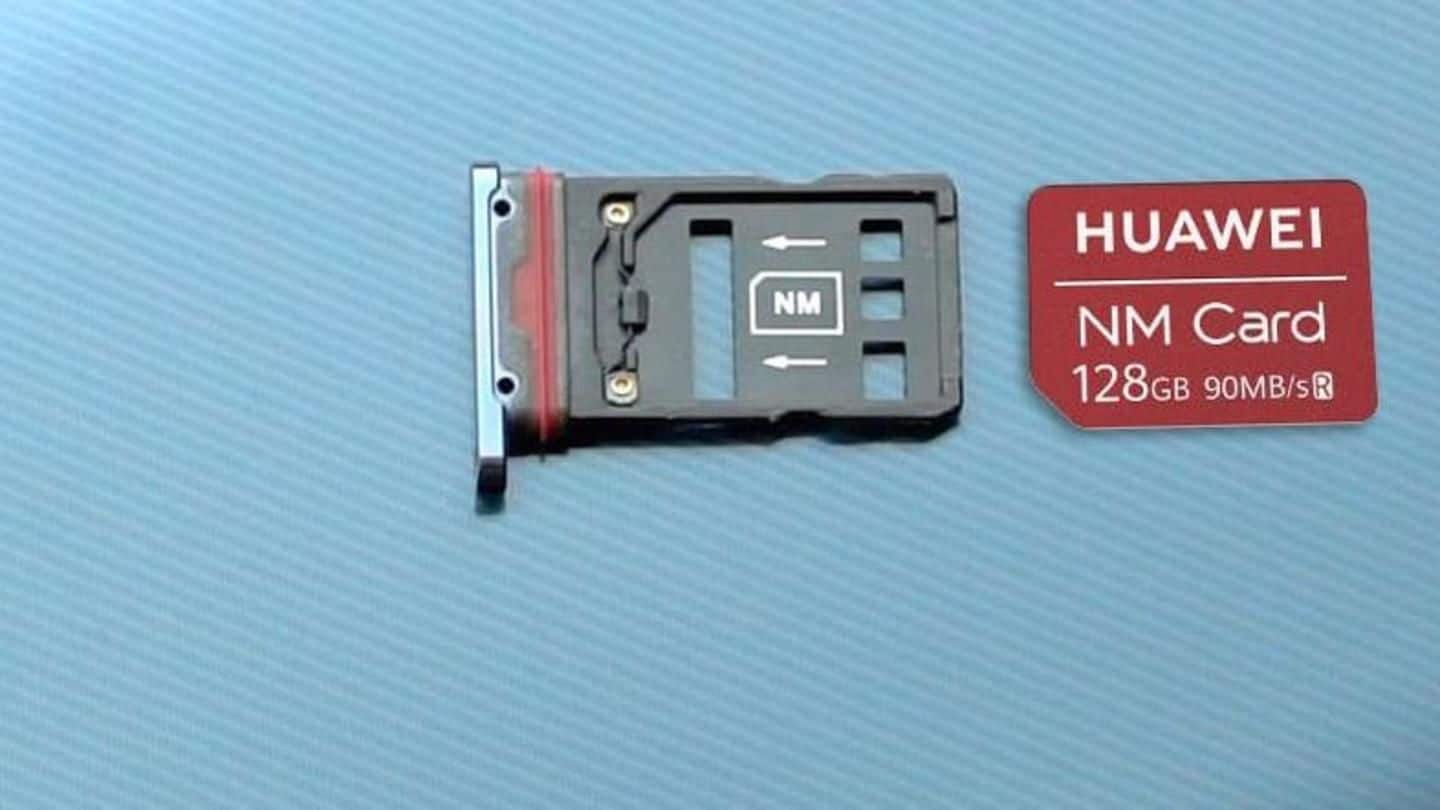
Nano Memory cards: Are they really worth it?
What's the story
If you witnessed the launch of Huawei's latest flagships, Mate 20 and Mate 20 Pro, you would already know that the Chinese giant is introducing a new standard for expandable storage - Nano Memory.
As the name suggests, the memory cards supported under the new standard would be fairly smaller than the regular microSDs.
But, can they make a worthy replacement?
Let's find out.
Design
Nano Memory cards will be 45% smaller
According to what we have learned, Nano Memory cards will be 45% smaller than regular microSDs.
They'll have the same shape and size of nano SIM cards, saving device-makers from the trouble of carving dedicated hybrid slots to accommodate microSDs.
For the users' perspective, nothing changes. They'll still have to insert a memory card with the same tech (as known till now), only smaller.
Information
Same shape, size could create confusion for some
Though this may not happen with everyone, some users could definitely face problem while differentiating between a Nano Memory and nano-SIM card in the early days. In fact, microSD cards were differently designed only to avoid such confusion.
Speed, capacity
Speed and data capacity, specifics from Huawei
While unveiling the new Mate phones, Huawei said NM cards will come with storage up to 256GB and transfer speeds of up to 90MB/s.
While this is pretty impressive for a new standard and could increase with other card manufacturers jumping onto the bandwagon, it is worth noting high-end microSD cards already offer up to 512GB storage with 300MB/s read and 100MB/s write speeds.
Other problems
Then, there are problems that come with any new standard
Huawei is teaming up with Toshiba to bring Nano Memory cards for the Mate smartphones.
The company holds patents for both Nano Memory and its tray, but Richard Yu, Huawei's consumer business group CEO, said they want to make it an industry standard.
However, if that happens, the availability of these cards would be a major problem, at least in the initial days.
Do you know?
The case of limited support
As of now, only four Mate series phones support the new standard. They're up for pre-orders and will start shipping in a few days, but the cards aren't available. Even when they are available, lack of sufficient demand will keep prices on the higher end.
Our take
A worthy replacement?
While Nano Memory cards promise a smaller size and can go into nano SIM slots, they don't offer any major advantage (tech or feature-wise) over microSDs, in our opinion.
Smartphone users would still have to choose between using two SIMs or one SIM and microSD card.
Plus, pricing, availability, and support problems will stay unless more phone makers start switching to the new standard.